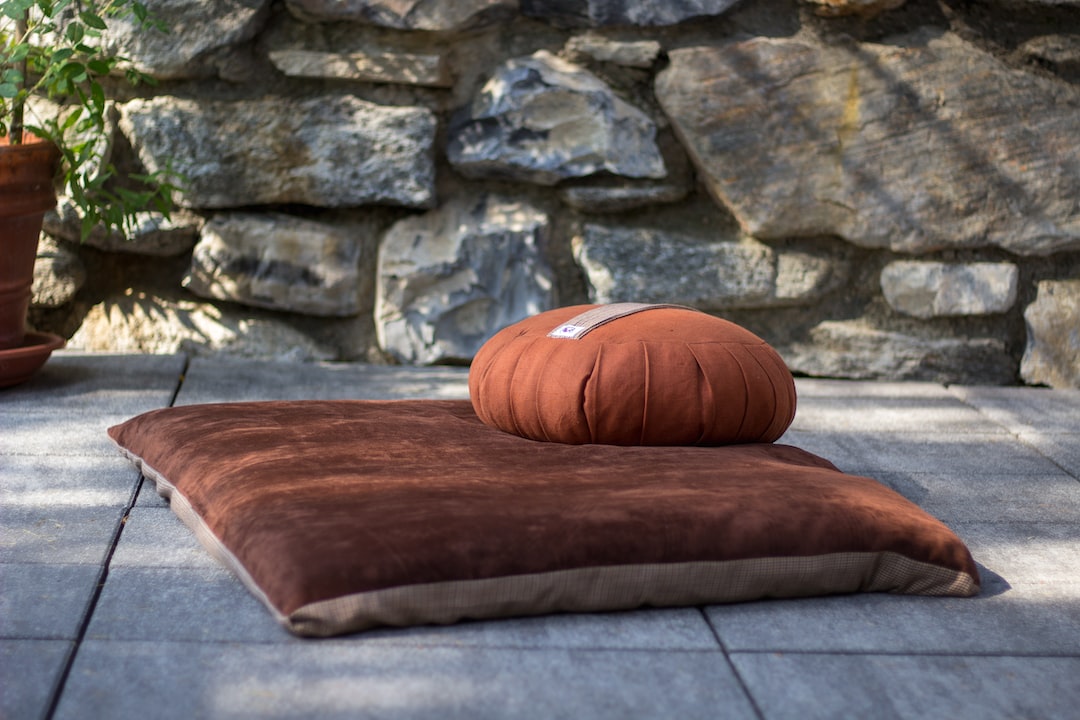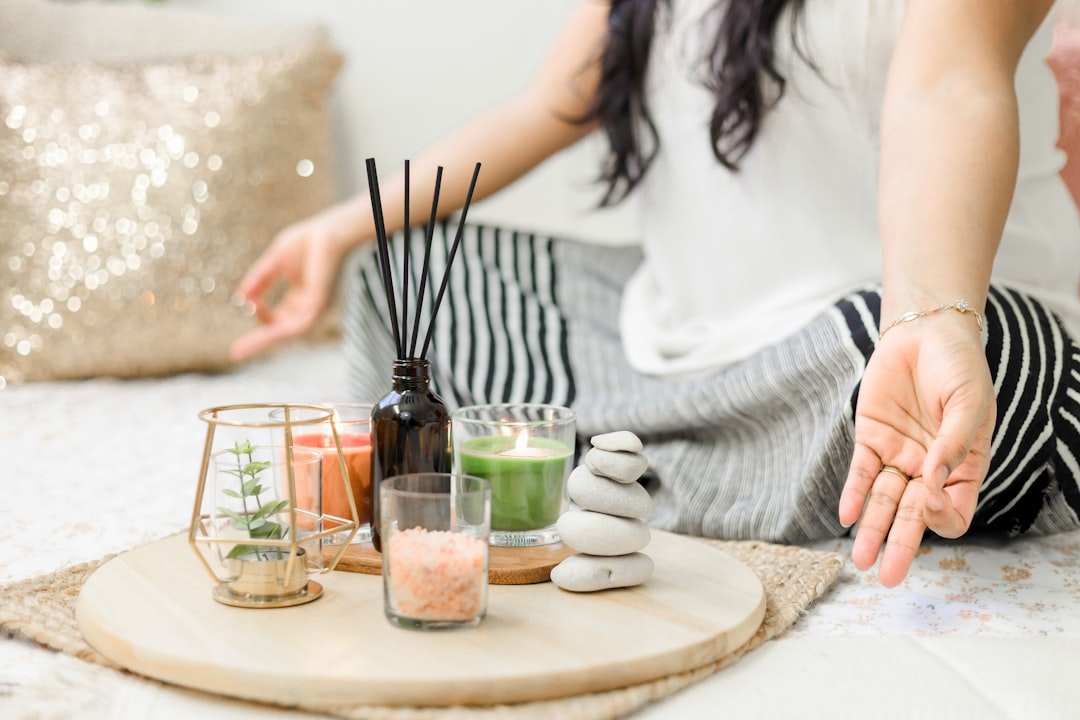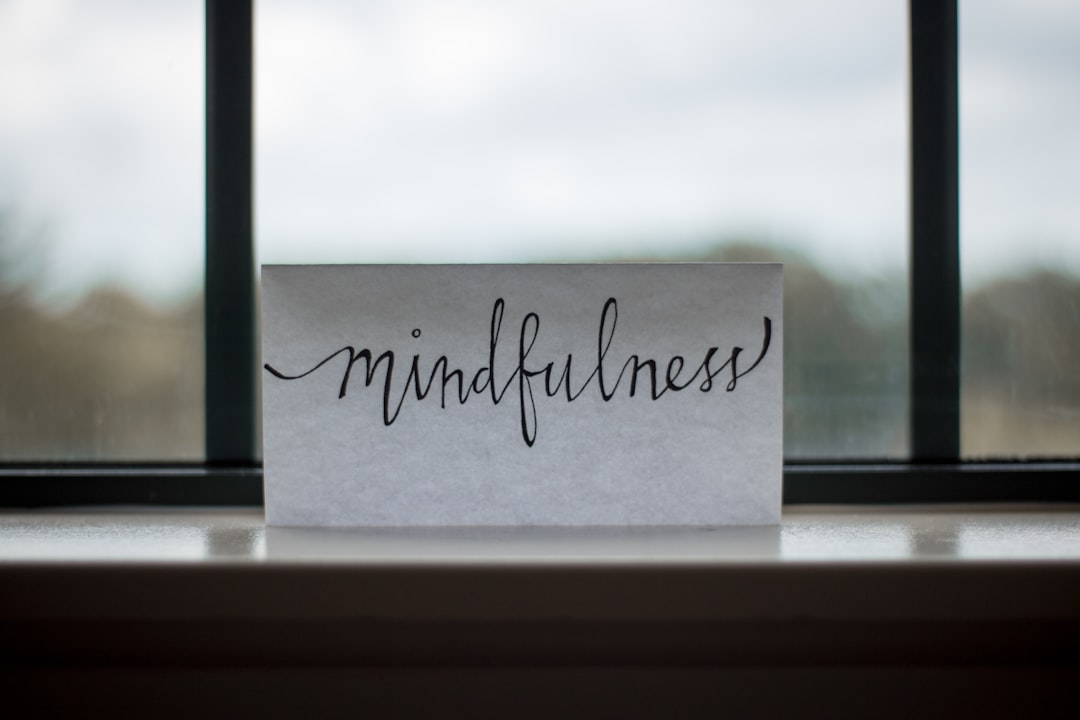Human beings have been seeking ways to improve their well-being for centuries. From ancient Eastern practices like yoga and meditation to modern-day techniques like cognitive-behavioral therapy, people have experimented with various methods to overcome their mind’s limitations.
One such approach that has gained popularity in recent years is mindfulness. Mindfulness is the practice of being fully present and engaged in the current moment, without judgment. It is about cultivating greater awareness of our thoughts, feelings, and surroundings to help us better manage our emotions and reduce stress.
The benefits of mindfulness are numerous. Research has shown that mindfulness can improve focus, memory, and cognitive flexibility. It can also help reduce symptoms of anxiety and depression and improve overall well-being.
In today’s fast-paced world, where we are bombarded with distractions from every direction, mindfulness can be a powerful tool to help us stay grounded and centered. It can help us find joy and purpose in our daily lives and connect more deeply with ourselves and those around us.
In the following sections, we will explore different techniques and practices that can help us cultivate greater mindfulness and integrate it into our daily lives. Whether you are a beginner or an experienced practitioner, these practices will provide you with valuable insights and tools to help you cultivate greater focus, presence, and overall well-being.
The Art of Breathing: Tips and Techniques for Using the Breath to Center and Calm the Mind
Breathing is something that we all do every single day, but how often do we take the time to really pay attention to our breath? By becoming more mindful of our breathing patterns, we can learn to use the breath as a powerful tool for centering and calming the mind.
One technique for using the breath to cultivate mindfulness is known as “belly breathing.” Rather than taking shallow breaths into the chest, belly breathing involves inhaling deeply through the nose and allowing the breath to fill the belly. On the exhale, you can release any tension in the body as you allow the breath to escape slowly through the mouth.
Another technique for using the breath to cultivate mindfulness is what’s known as “counted breaths.” This involves counting your inhales and exhales, working your way up to longer and deeper breaths over time. By focusing your attention on the breath and counting each inhale and exhale, you create a sense of calm and focus that can carry over into other areas of your life.
It’s important to remember that there’s no right or wrong way to practice mindful breathing. Whether you prefer belly breathing, counted breaths, or another technique, the key is to find a method that works for you and to incorporate it into your daily routine. With practice, you’ll find that cultivating mindfulness through the breath becomes easier and more natural, helping you to stay focused, present, and calm in all areas of your life.
Whether you prefer belly breathing, counted breaths, or another technique, the key is to find a method that works for you and to incorporate it into your daily routine.
Practicing Gratitude: Building a Daily Appreciation Practice
Gratitude is a powerful force that can shift our perspective and boost overall well-being. When we practice gratitude, we focus on all the good things in our lives, creating space for positivity and joy. By cultivating a daily appreciation practice, we can learn to appreciate the simple things that bring us happiness, which in turn can help us feel more content and fulfilled in our daily lives.
To start building a daily gratitude practice, consider starting a gratitude journal. Each day, take a few minutes to reflect on things that you are grateful for in your life. This could be anything from a supportive friend or loved one to a delicious cup of coffee in the morning. By taking the time to focus on the things that bring us joy, we can begin to shift our mindset toward a more positive outlook.
Another way to incorporate gratitude into our daily lives is by expressing thanks to others. Take time to show appreciation for the people in your life who help or support you, whether that means a handwritten thank-you note or a simple text message.
Gratitude can also be practiced through mindfulness meditation. By focusing on our breath and the present moment, we can cultivate a sense of gratitude for the experiences and people in our lives. During a meditation practice, take a few minutes to reflect on the things in your life that bring you joy and appreciation.
Building a daily gratitude practice takes time and effort, but the benefits are worth it. By cultivating gratitude, we can learn to appreciate the present moment, shift our perspective toward positivity, and boost overall well-being. So why not start integrating gratitude into your daily routine today?
By cultivating a daily appreciation practice, we can learn to appreciate the simple things that bring us happiness, which in turn can help us feel more content and fulfilled in our daily lives.
Mindful Movement: Incorporating Yoga, Tai Chi, or Walking Meditation for Present Moment Awareness

Practicing mindfulness doesn’t have to be limited to sitting in stillness. In fact, incorporating movement-based practices such as yoga, tai chi, or walking meditation can be a powerful tool for connecting with the body and the present moment.
Yoga, for example, focuses on linking breath with movement, which can help to quiet the mind and create a sense of inner calm. Whether it’s a rigorous Vinyasa flow or a gentle restorative class, yoga offers a space to tune into sensations and let go of distractions.
Similarly, tai chi is a slow and gentle form of martial arts that emphasizes fluid movement and focused breath. Practicing tai chi can be a way to cultivate a sense of inner peace and promote relaxation.
Incorporating walking meditation into your daily routine can also be a way to bring mindfulness into more active moments. Rather than rushing through a walk, take the time to tune into each step, the sensations in your body, and the sounds of nature around you.
By incorporating these movement-based practices into your mindfulness routine, you can tap into the wisdom of the body and find new ways to connect with the present moment. Additionally, by getting up and moving your body, you can also experience the physical benefits of exercise, which can further support overall well-being.
Yoga, for example, focuses on linking breath with movement, which can help to quiet the mind and create a sense of inner calm.
Finding Stillness: Creating Space for Quiet Reflection through Meditation, Visualization, or Other Stillness-based Practices
In today’s fast-paced world, finding a moment of stillness can be a challenge. However, taking time to practice stillness can greatly improve our mindfulness and overall well-being. Meditation is a popular stillness practice that involves sitting quietly and focusing on the breath, a sound, or a mantra. Visualization is another stillness practice that involves using the imagination to create calmness and clarity. Other stillness-based practices include guided imagery, progressive relaxation, and body scans.
Stillness practices can help us to reduce stress, increase our ability to focus, and become more self-aware. They also allow us to take a break from the constant stimuli of daily life and connect more deeply with our inner selves. When we intentionally create space for quiet reflection and stillness, we are better equipped to handle life’s challenges with greater ease and resilience.
It’s important to remember that stillness practices are not a one-size-fits-all solution. We all have unique needs and preferences, and it may take some trial and error to find the stillness practice that resonates best with us. However, with patience and consistency, we can build a regular practice of stillness that helps us to cultivate greater mindfulness and lead a more fulfilling life.
If you’re new to stillness practices, start with just a few minutes of meditation or visualization each day and gradually work your way up. Don’t worry if your mind wanders- it’s a natural part of the process. Whenever you notice your thoughts drifting away, simply return your attention to your breath or visualization. With time, you may find that stillness becomes a cherished part of your daily routine.
Visualization is another stillness practice that involves using the imagination to create calmness and clarity.
Sustaining Mindfulness Through Routine
While incorporating mindfulness practices into your daily life can be beneficial, it can be hard to maintain consistency without a routine in place. Building a daily habit of mindfulness requires dedication, effort, and practice. However, the rewards are well worth it.
One of the most effective ways to establish a mindful routine is by setting goals and creating habits. Start by identifying specific practices you want to incorporate into your daily routine, such as a morning meditation or an evening gratitude practice. Then, set achievable goals for yourself, such as meditating for five minutes every morning or writing down three things you’re grateful for before bed each night.
Once you’ve established your goals, create a habit by incorporating the practices into your daily routine. For example, if your goal is to meditate every morning, create a ritual around it. Maybe you’ll light a candle, sit in a specific chair, and play calming music. By creating a ritual, you’re reinforcing the habit and making it easier to maintain.
Another way to sustain mindfulness through routine is by incorporating mindfulness into your daily activities. For example, try practicing mindful eating by taking time to savor each bite and appreciating the flavors and textures of your food. Or, try a walking meditation during your daily outdoor stroll.
Remember, building a daily habit of mindfulness takes time, effort, and patience. Don’t get discouraged if you miss a day or don’t meet your goals right away. Just keep practicing and adjusting your routine as needed. With consistency and dedication, you’ll soon see the power of mindfulness transform your life.
Start by identifying specific practices you want to incorporate into your daily routine, such as a morning meditation or an evening gratitude practice.
Conclusion: Cultivating Mindfulness in Daily Life
In conclusion, cultivating mindfulness in daily life can greatly improve one’s focus, presence, and overall well-being. Incorporating practices such as mindful breathing, gratitude, mindful movement, finding stillness, and establishing a daily routine can all contribute to a more mindful and present life.
By practicing mindful breathing techniques, individuals can learn to center and calm their minds, improving focus and reducing stress. Practicing gratitude can shift one’s perspective and increase feelings of happiness and contentment. Incorporating mindful movement practices such as yoga, tai chi, or walking meditation can help individuals connect with their bodies and the present moment. Finding stillness through meditation, visualization, or other stillness-based practices can create a space for quiet reflection and self-awareness.
Sustaining mindfulness through routines, habits, and goals can help individuals develop a daily habit of mindfulness, making it a natural and effortless part of their lives.
Overall, the benefits of cultivating mindfulness are numerous and impactful. By incorporating these practices into our daily lives, we can experience greater peace, happiness, and overall well-being. So take a deep breath, practice gratitude, move mindfully, find stillness, and make mindfulness a part of your daily routine. The rewards are well worth it.




